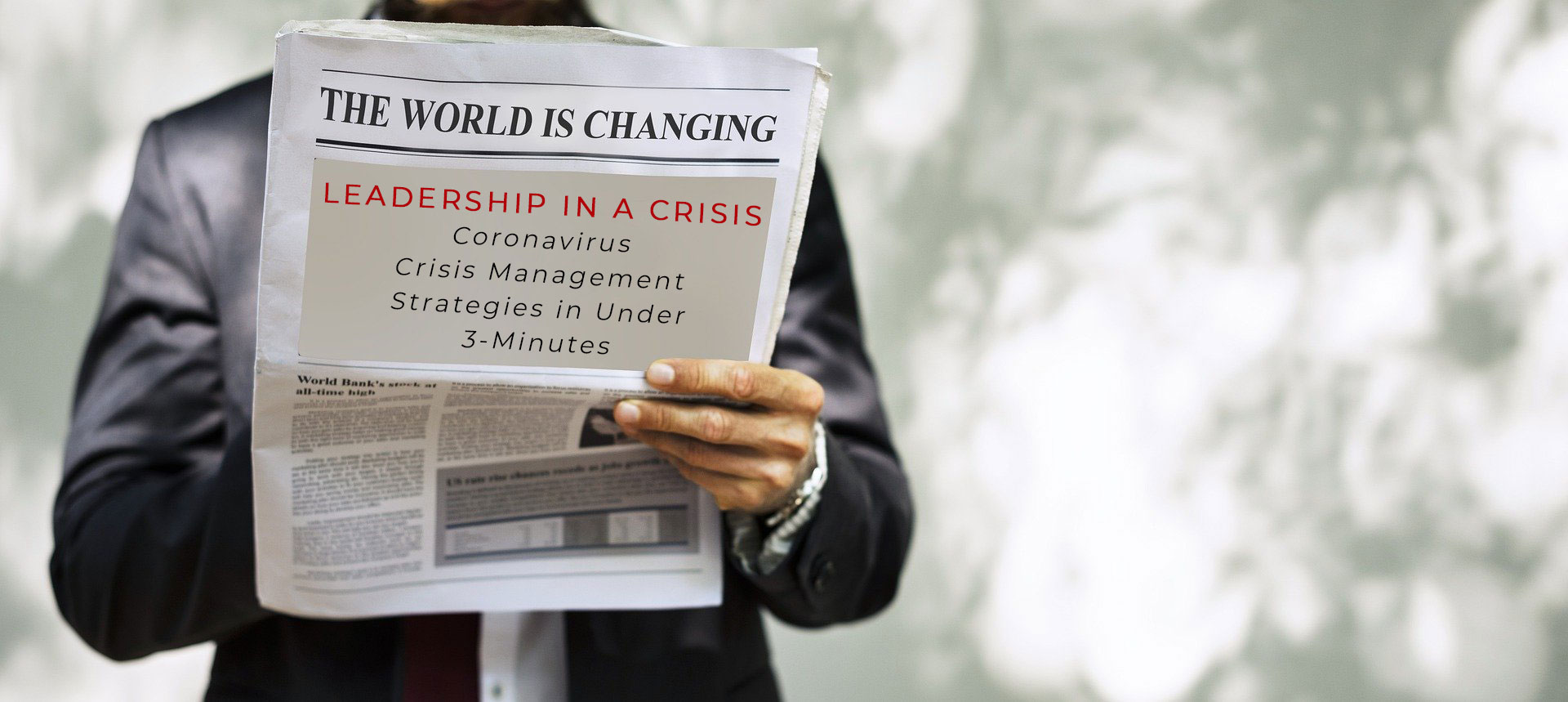Success in any career is built on solid leadership abilities. Strong leadership abilities and skills are a need in today’s fast-paced and cutthroat business environment, not merely a desirable trait. Whether you’re an experienced executive, an aspiring leader, or a manager, acquiring fundamental leadership skills will guide your path to success.
Essential Leadership Skills for Any Career
Leadership abilities transcend occupations and industry sectors. They are adaptable skills that enable people to overcome obstacles, motivate groups, and promote organizational progress. Some essential leadership traits are effective communication, problem-solving, decision-making, adaptability, and emotional intelligence. These abilities serve as the cornerstone for influential leaders’ professional lives.
Developing Core Leadership Skills
The dynamic and varied aspect of leadership transforms people into influential figures capable of enacting change, motivating others, and producing extraordinary outcomes. A great leader requires a holistic approach that includes self-awareness, emotional intelligence, effective communication, and a sincere dedication to personal development. Here are some of the core skills that every effective leader needs:
Learning to Be Self-Aware
Excellent leadership starts with self-awareness. Effective leadership requires understanding one’s motives, ideals, and strengths. Self-aware leaders are better able to make wise choices, adjust to difficulties, and lead honestly. By connecting their actions to their beliefs, leaders may better connect with their teams and develop a shared sense of purpose.
Emotional Intelligence: Embracing It
Successful leaders must possess emotional intelligence (EI), a crucial quality. Emotional intelligence (EI) entails being aware of, controlling, and understanding one’s emotions and those of others. Leaders with a high level of emotional intelligence can resolve conflicts, communicate empathetically, and forge lasting bonds. These leaders generate a supportive emotional environment that fosters teamwork and inspires trust.
How to Improve Communication
The foundation of leadership is communication. Clear, open, and purposeful communication is a quality of great leaders. They ensure their messages are understood, actively listen to their team members, and offer helpful criticism. Team members are more likely to be engaged and aligned and work toward the same goal when effective communication exists.
Learning and Adaptation on the Go
Great leaders are aware that development is an ongoing process. They welcome change and see difficulties as chances to grow and learn. Leaders can adjust to changing conditions and seize new possibilities by being inquisitive and receptive to new ideas. Leaders can stay ahead in a business environment that is constantly evolving by adopting this philosophy of lifelong learning.
Motivating and Developing Others
Motivating and empowering teams is a crucial quality of outstanding leaders. By setting high standards and showing devotion, they serve as role models. They support team members’ originality and creativity by creating a climate of trust and psychological safety. The potential in others is recognized and nurtured by great leaders, allowing people to realize their most significant potential.
Vision and Strategy Development
Visionary leadership is a critical component of setting a clear direction for the future. The vision of great leaders is captivating and in line with the values and goals of their organizations. To realize this vision, they create a strategic roadmap that defines doable tasks. They inspire employees to work together toward a common objective by clearly articulating their vision.
Refining Your Leadership Skills
Leadership skill development is a lifelong process. Influential leaders are always looking for ways to improve. The leadership training provided by Corporate Class goes beyond the classroom by teaching participants valuable skills they can use right now. Participants learn to take advantage of their particular abilities and develop a compelling presence by learning body language and refining presentation techniques.
Unveiling the Secrets to Becoming a Great Leader
There is more to becoming a great leader than just checking off a list of abilities. It involves creating a leadership presence that commands respect, promotes trust, and encourages teamwork. Building a genuine leadership brand representing your values and strengths is critical to Corporate Class’ programs. Participants learn to project confidence and establish stronger team connections by addressing self-doubt, negotiating biases, and embracing emotional intelligence.
As a market pioneer, Corporate Class provides various options to assist people and organizations in realizing their full leadership potential. Participants get valuable insights, resources, and strategies to improve their leadership skills through immersive workshops and self-paced online leadership training programs. The training emphasizes individual and organizational success, assisting companies in enhancing employee engagement, fortifying bonds, and fostering a great workplace culture.
Boost Your Power with Corporate Class
Corporate Class is your partner in this life-changing adventure if you hope to gain the critical leadership abilities you’ll need to succeed. Their programs, which have a track record of empowering leaders since 1984, are made to be suitable for a range of leadership levels, from up-and-coming stars to seasoned executives. By enrolling in their leadership training programs, you can develop the self-assurance, presence, and skills necessary to succeed in your job and leave a lasting impression on your organization.
Unleash your leadership potential. Contact Corporate Class to start your path to success, progress, and growth.













 To speak from a point of belief and conviction, it must be clear in your mind, as to the reason why you are speaking to this audience. You can ask yourself: a) why are you speaking to this audience of senior executives? and b) why should they listen to you? Once this is clear in your mind, it will trigger your mindset and support you to speak from a point of belief and conviction.
To speak from a point of belief and conviction, it must be clear in your mind, as to the reason why you are speaking to this audience. You can ask yourself: a) why are you speaking to this audience of senior executives? and b) why should they listen to you? Once this is clear in your mind, it will trigger your mindset and support you to speak from a point of belief and conviction. Answer the WHY Example: a) Every social advance has resulted from technological progress b) Industry 4.0 means huge opportunities and challenges for the financial sector Show the HOW Example: a) The global financial information platform will be based on cloud services and Big Data, and everyone will be more and more able to access the platform via apps on their mobile phones, anytime, anywhere. Prove your conclusion up front, it engages the audience.
Answer the WHY Example: a) Every social advance has resulted from technological progress b) Industry 4.0 means huge opportunities and challenges for the financial sector Show the HOW Example: a) The global financial information platform will be based on cloud services and Big Data, and everyone will be more and more able to access the platform via apps on their mobile phones, anytime, anywhere. Prove your conclusion up front, it engages the audience.








